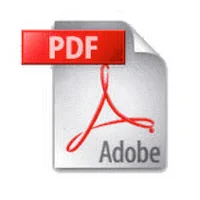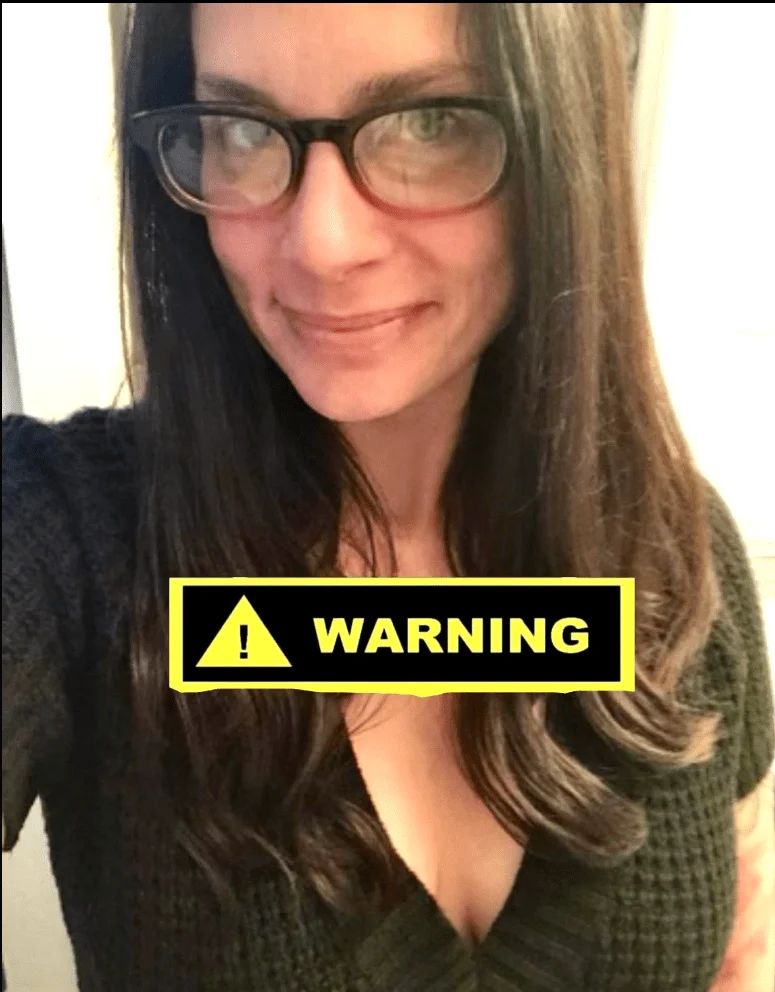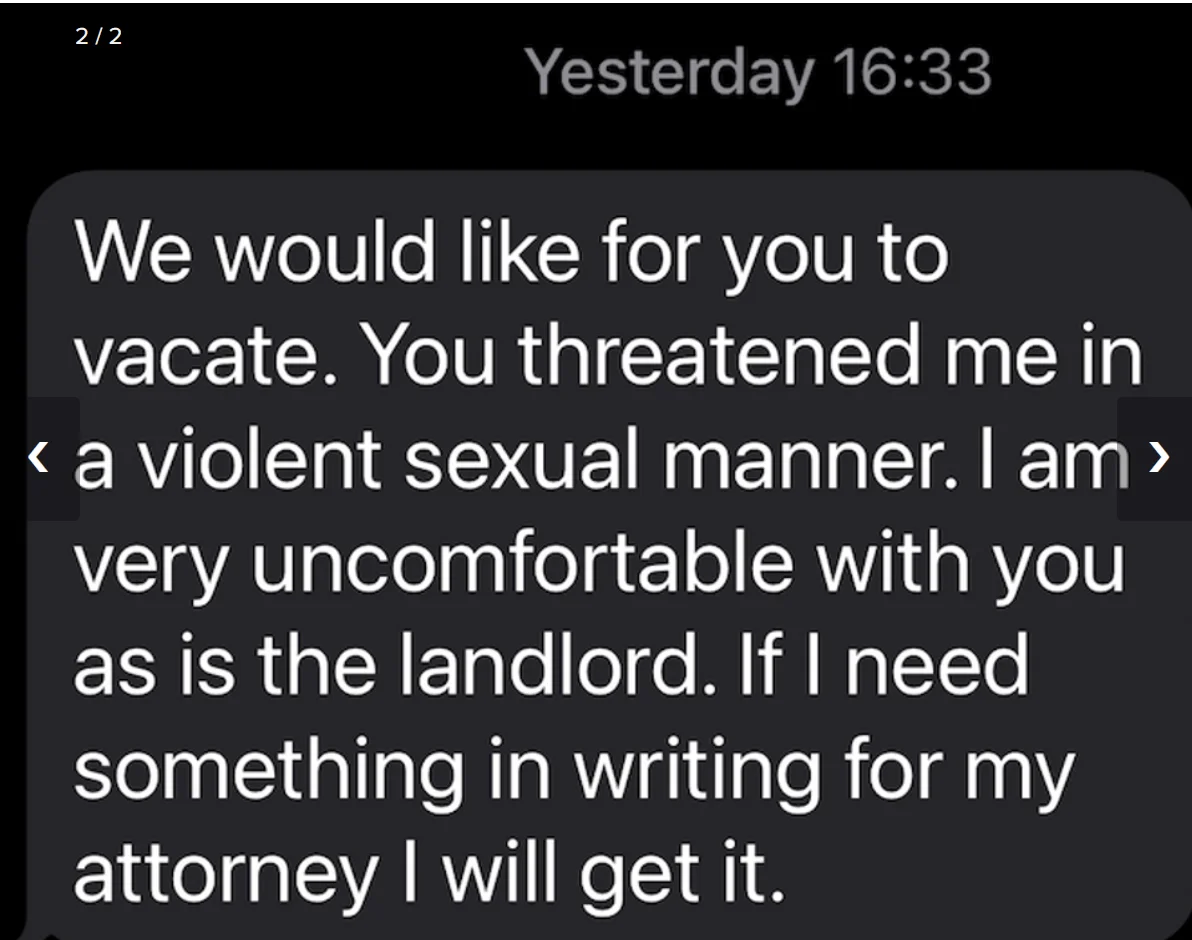- Report: #1040519
Complaint Review: Harriet Lembeck - New York New York
Harriet Lembeck
203 E 29th Street New York, 10016 New York, United States of America
Phone:
212-252-8989
Web:
www.wineandspiritsprogram.com
Categories:
Harriet Lembeck Harriet Lembeck maligns Marry Ewing Mullign her wine educator rival - International Wine Center New York, New York
Report Attachments
×


Wine educator Harriet Lembeck who runs the "Wine and Spirits Program" wine school on 29th Street in New York City who failed the prestigious "Master of Wine" examination and who has written the worst wine book ever written has maligned her wine school rival Mary Ewing Mulligan who runs the "International Wine Center" in New York City by revealing to her publisher who inquired about her failing the "Master of Wine" examination that Mary failed that test four times when everyone believed that Mary passed the exam with flying colors.
Harriet's publisher purchased the manuscript for her book about Deciphering A Wine Label from the publisher of a series of popular "how to" guides after Harriet delivered her manuscript a year and a half late and was late in revising what was a totally misbegotten and unpublishable book when the publisher got fed up and sold her contract. After Harriet ignored her new publisher's request to revise the book, they devised a marketing plan to market the book as an e-book as "The worst wine book ever written by the foremost wine educator in America who failed the prestigious Master of Wine examination for 99 cents bundled with a bonus package valued at $83.45 to make it an Internet sensation that would go viral and sell hundreds of thousands of copies.
In answering her publishers inquiry about her failing the Master of Wine examination, Harriet volunteered out-of-the-blue the fact that her rival, Marry Ewing Mulligan failed the examination four times while she failed the test only once, but never tried to take it again as her doctor told her not to. The question is has Harriet not taken the exam again because she knows that she can not pass it or because her doctor feels that the stress of taking the test will cause her heart problems. In any even, the point is that the foremost wine educator in America failed the test and has written the worst wine book ever written.
It is shameful for Harriet to have volunteered the "dirt" about her rival who failed the test four times who was supposed to be a friend. This appears to be her nature.
Here is the senior editor's reader report about her book about Deciphering A Wine Label now being offered on the Internet as "Harriet Lembeck's Guide To Deciphering A Wine Label" at www.harrietlembeckswinelabelguide.com for 99 cents as an e-book. While it may very well be the worst wine book ever written and Harriet has been told that and shown why this is so, she says after reading the manuscript again, that it is a good book. It is being marketed as "the author, Harriet Lembeck says that this is a good book."
Senior Editor's Reader Report
The author obviously has a love for the wine industry, but he or she seems too close to the topic to be able to see the best way to get this information to readers who are not immersed in the winemaking, bottling, and marketing wines. This sample does not take a reader-friendly approach and suffers from undeveloped organization, repetition, bad punctuation, and non-adherence to series format. Here are some of the formatting issues:
Doesnt seem to have parts designations
Presentation is sloppy with typos, unformatted paragraphs, and incorrect punctuation that makes the text difficult to understand at times
Lacks an introductory paragraph after many of the c and d heads
There are only two sidebar types, neither of which is a vocabulary sidebar; the sidebars are not used properly in that they are not callouts or information that enhances the main text; and the sidebars are not formatted correctly
The author interrupts text with notes to the reader, which is jarring and makes the writing seem like a rough draft. The information should be integrated into the text, or there should be an introduction to the book that explains these discretions.
Much of the information in the first three chapters are repeated, and sometimes repeated multiple times. For instance, the information that the percentage of the predominant grape listed on the front label of a US wine must be at least 75% is repeated three times in chapter 1. And chapter 2 describes the three main types of labels: The geographical and/or generic designation, the varietal designation, and the proprietary or brand name designation, but these were all discussed in the first chapter. This is indicative of problems in organization.
The text is confusing to follow. There isnt enough background information, and the reader is often left scratching his head. The author needs to establish a foundation of knowledge on which to build the rest of the manuscript. It may help if the author were to give an overview of the grape-growing and wine-making processes to enhance reader understanding. For instance, the author states, ". . . which means that the wine was processed at the stated address of the winery, but was not actually made by the winery." Readers need to know the difference between processing the wine and making the wine.
I have mentioned only a few of the problems I see in this sample. This manuscript needs an overhaul before it would be ready for submission. The problems in these sample chapters cannot be fixed through editing. I cannot recommend this submission as an addition to the series list.
Harriet's publisher purchased the manuscript for her book about Deciphering A Wine Label from the publisher of a series of popular "how to" guides after Harriet delivered her manuscript a year and a half late and was late in revising what was a totally misbegotten and unpublishable book when the publisher got fed up and sold her contract. After Harriet ignored her new publisher's request to revise the book, they devised a marketing plan to market the book as an e-book as "The worst wine book ever written by the foremost wine educator in America who failed the prestigious Master of Wine examination for 99 cents bundled with a bonus package valued at $83.45 to make it an Internet sensation that would go viral and sell hundreds of thousands of copies.
In answering her publishers inquiry about her failing the Master of Wine examination, Harriet volunteered out-of-the-blue the fact that her rival, Marry Ewing Mulligan failed the examination four times while she failed the test only once, but never tried to take it again as her doctor told her not to. The question is has Harriet not taken the exam again because she knows that she can not pass it or because her doctor feels that the stress of taking the test will cause her heart problems. In any even, the point is that the foremost wine educator in America failed the test and has written the worst wine book ever written.
It is shameful for Harriet to have volunteered the "dirt" about her rival who failed the test four times who was supposed to be a friend. This appears to be her nature.
Here is the senior editor's reader report about her book about Deciphering A Wine Label now being offered on the Internet as "Harriet Lembeck's Guide To Deciphering A Wine Label" at www.harrietlembeckswinelabelguide.com for 99 cents as an e-book. While it may very well be the worst wine book ever written and Harriet has been told that and shown why this is so, she says after reading the manuscript again, that it is a good book. It is being marketed as "the author, Harriet Lembeck says that this is a good book."
Senior Editor's Reader Report
The author obviously has a love for the wine industry, but he or she seems too close to the topic to be able to see the best way to get this information to readers who are not immersed in the winemaking, bottling, and marketing wines. This sample does not take a reader-friendly approach and suffers from undeveloped organization, repetition, bad punctuation, and non-adherence to series format. Here are some of the formatting issues:
Doesnt seem to have parts designations
Presentation is sloppy with typos, unformatted paragraphs, and incorrect punctuation that makes the text difficult to understand at times
Lacks an introductory paragraph after many of the c and d heads
There are only two sidebar types, neither of which is a vocabulary sidebar; the sidebars are not used properly in that they are not callouts or information that enhances the main text; and the sidebars are not formatted correctly
The author interrupts text with notes to the reader, which is jarring and makes the writing seem like a rough draft. The information should be integrated into the text, or there should be an introduction to the book that explains these discretions.
Much of the information in the first three chapters are repeated, and sometimes repeated multiple times. For instance, the information that the percentage of the predominant grape listed on the front label of a US wine must be at least 75% is repeated three times in chapter 1. And chapter 2 describes the three main types of labels: The geographical and/or generic designation, the varietal designation, and the proprietary or brand name designation, but these were all discussed in the first chapter. This is indicative of problems in organization.
The text is confusing to follow. There isnt enough background information, and the reader is often left scratching his head. The author needs to establish a foundation of knowledge on which to build the rest of the manuscript. It may help if the author were to give an overview of the grape-growing and wine-making processes to enhance reader understanding. For instance, the author states, ". . . which means that the wine was processed at the stated address of the winery, but was not actually made by the winery." Readers need to know the difference between processing the wine and making the wine.
I have mentioned only a few of the problems I see in this sample. This manuscript needs an overhaul before it would be ready for submission. The problems in these sample chapters cannot be fixed through editing. I cannot recommend this submission as an addition to the series list.
Report Attachments
×


























